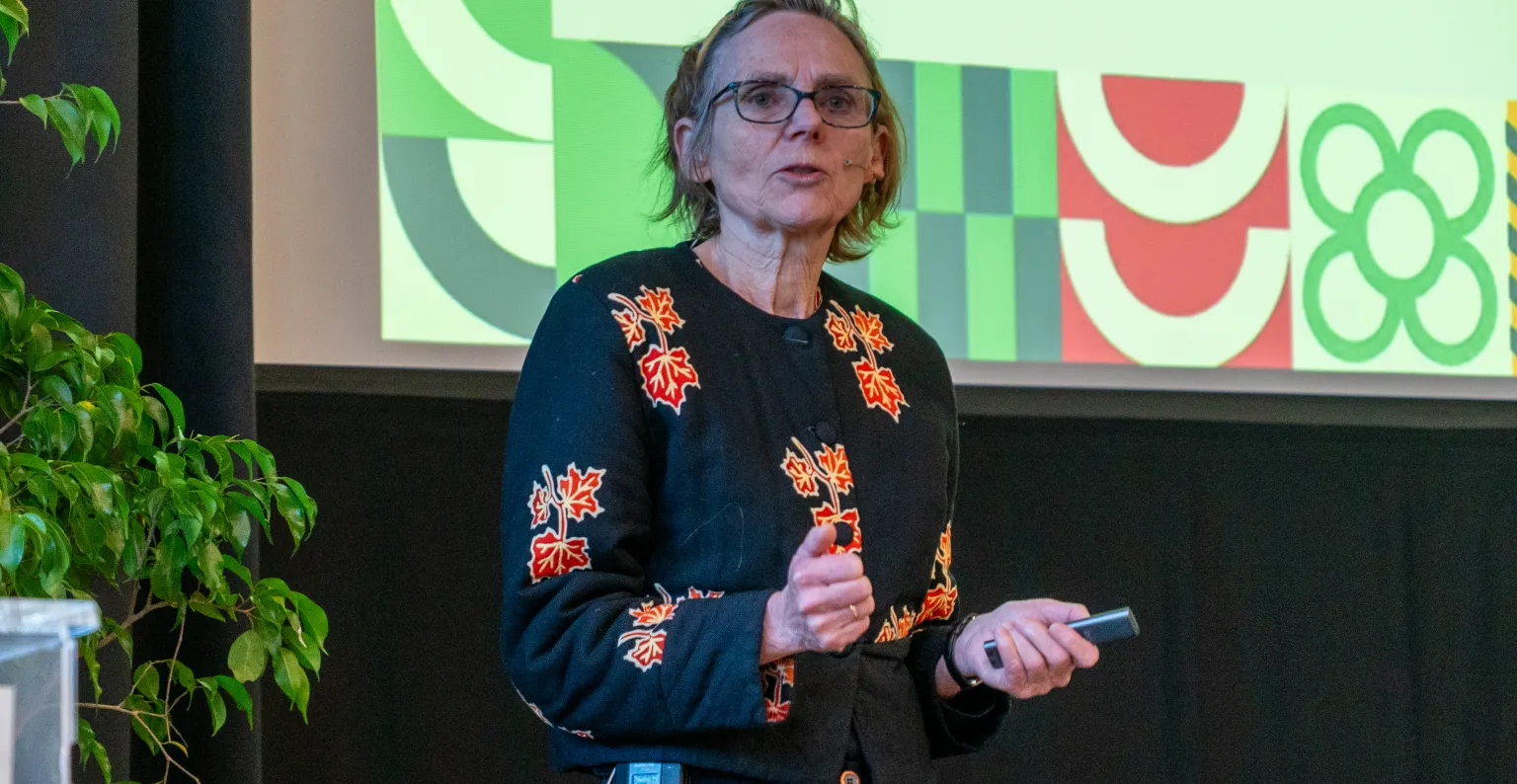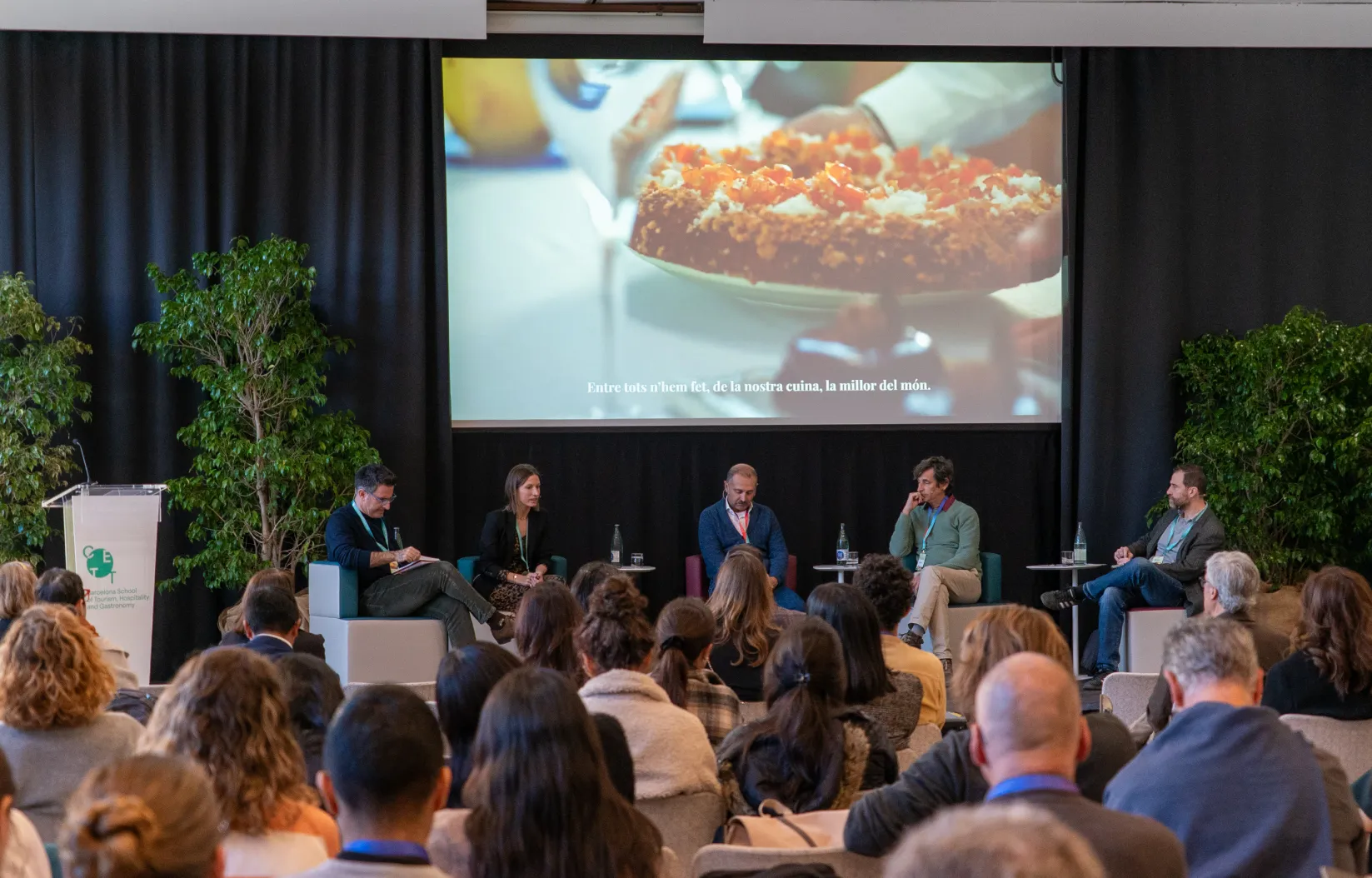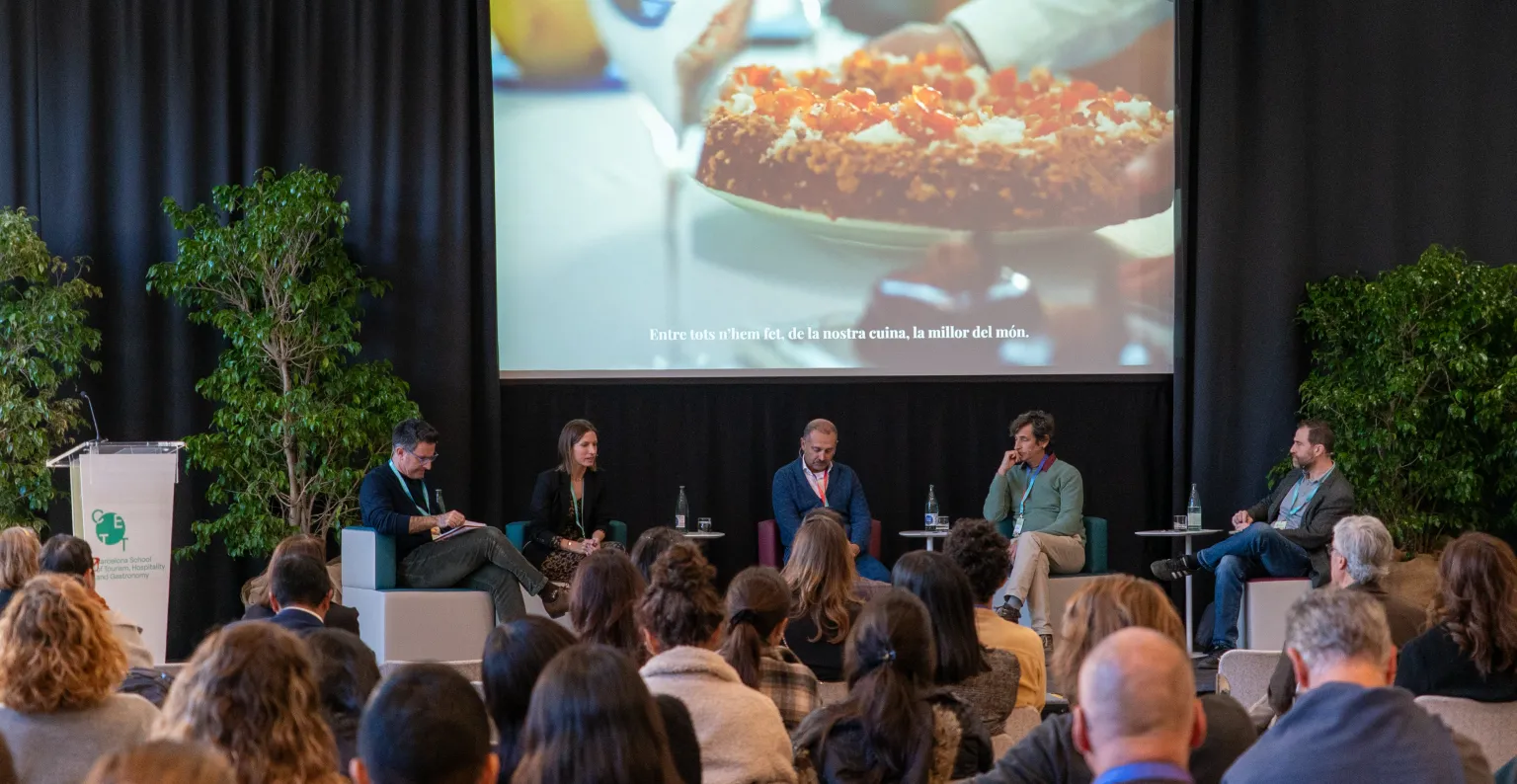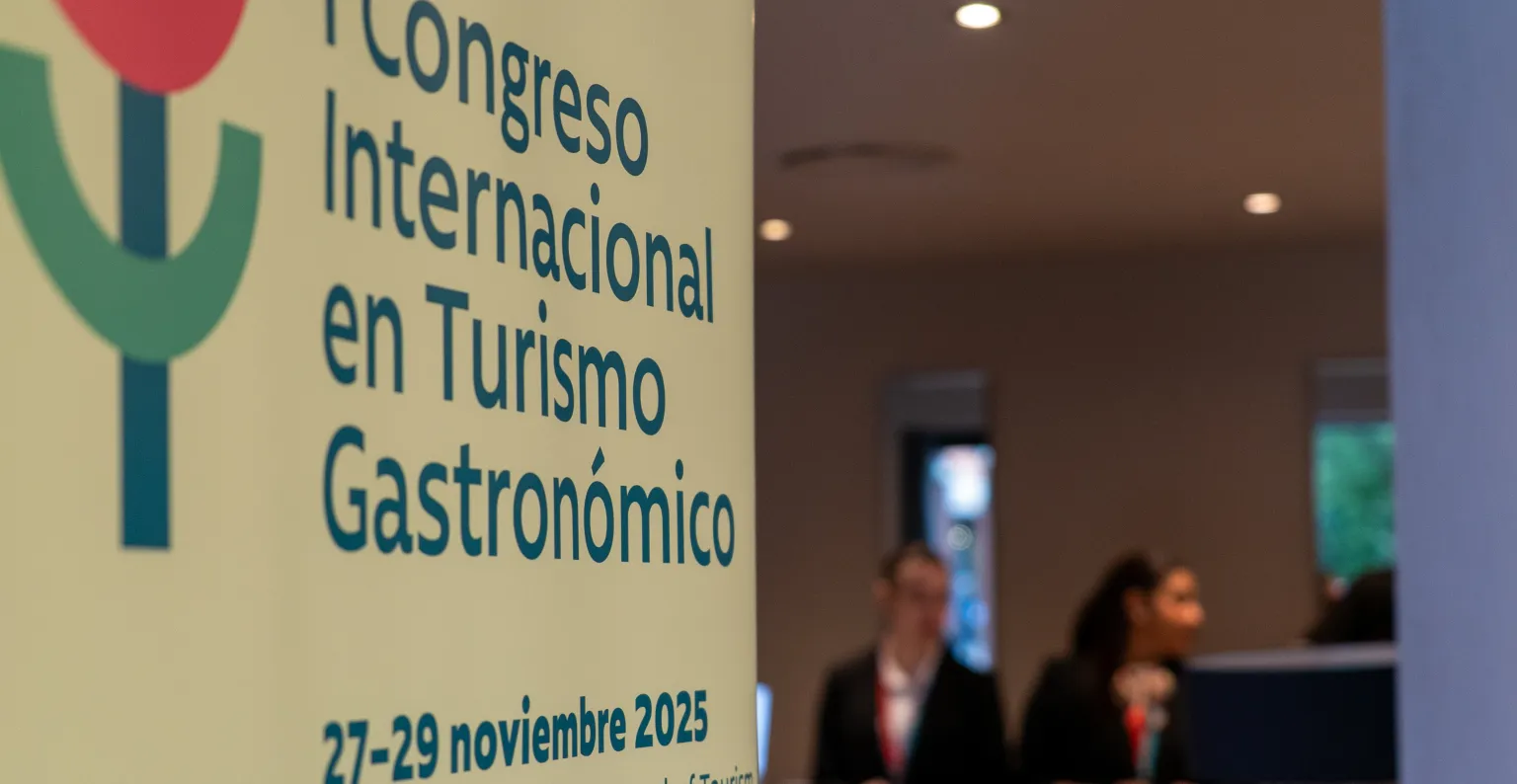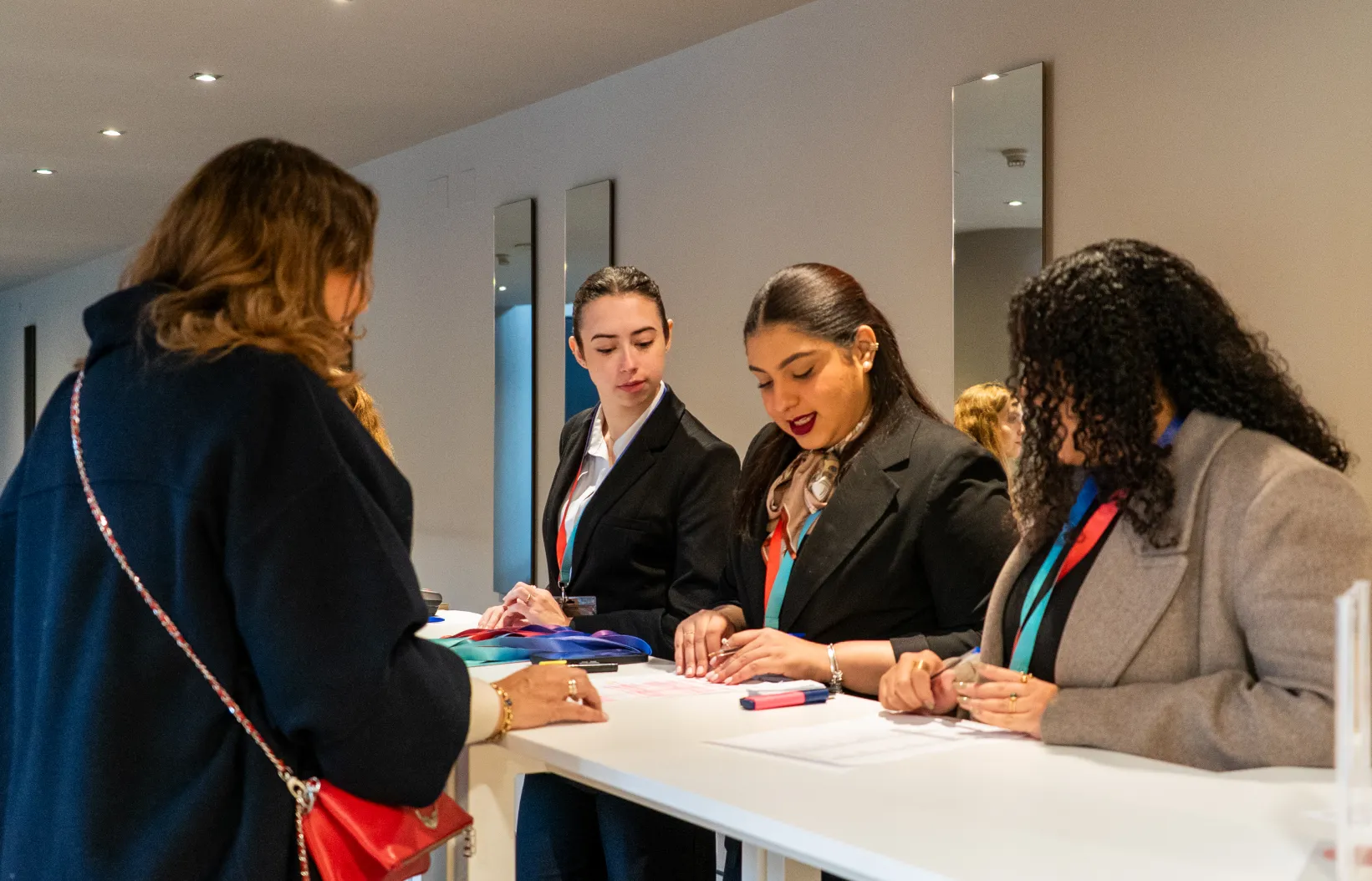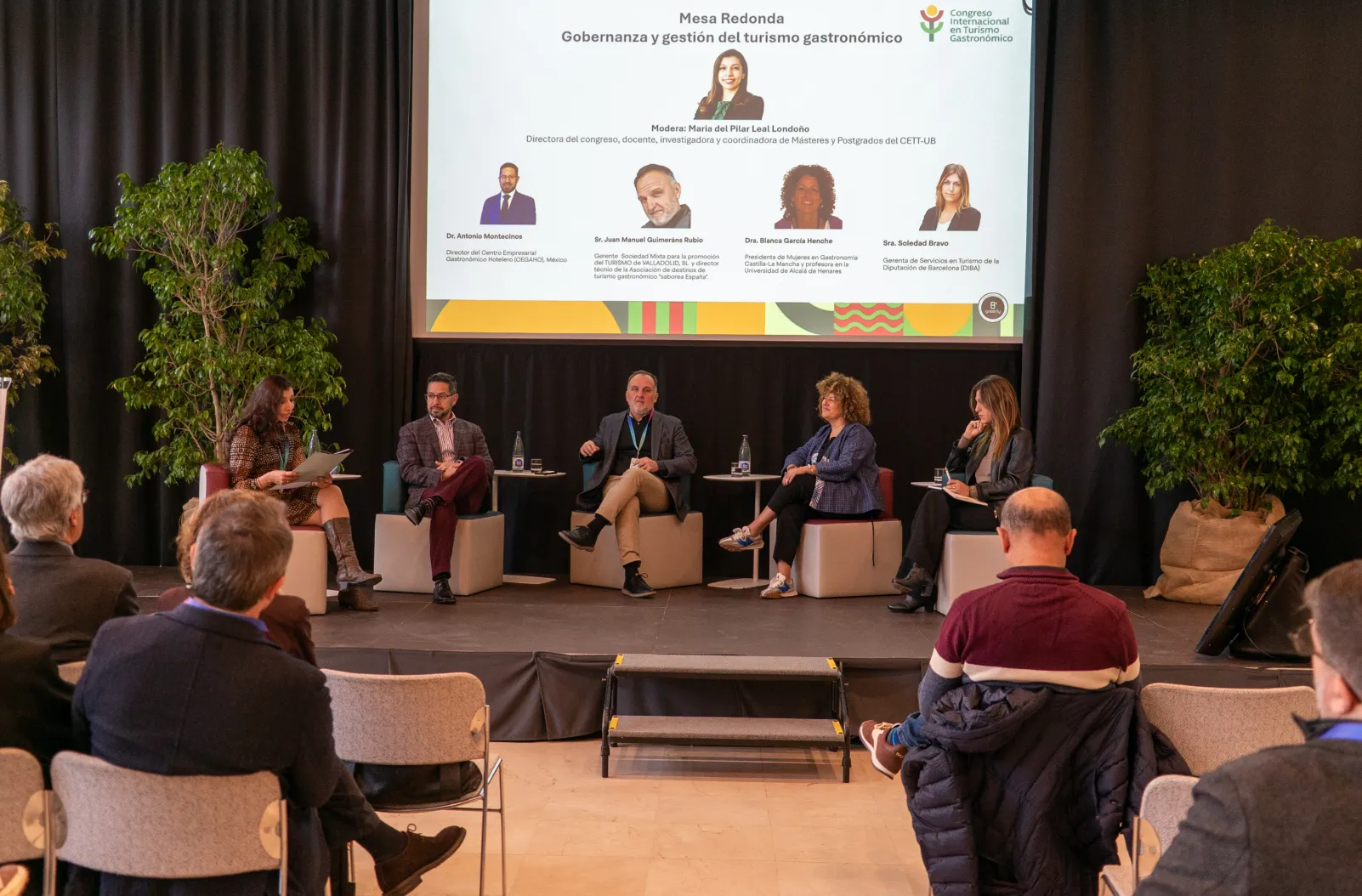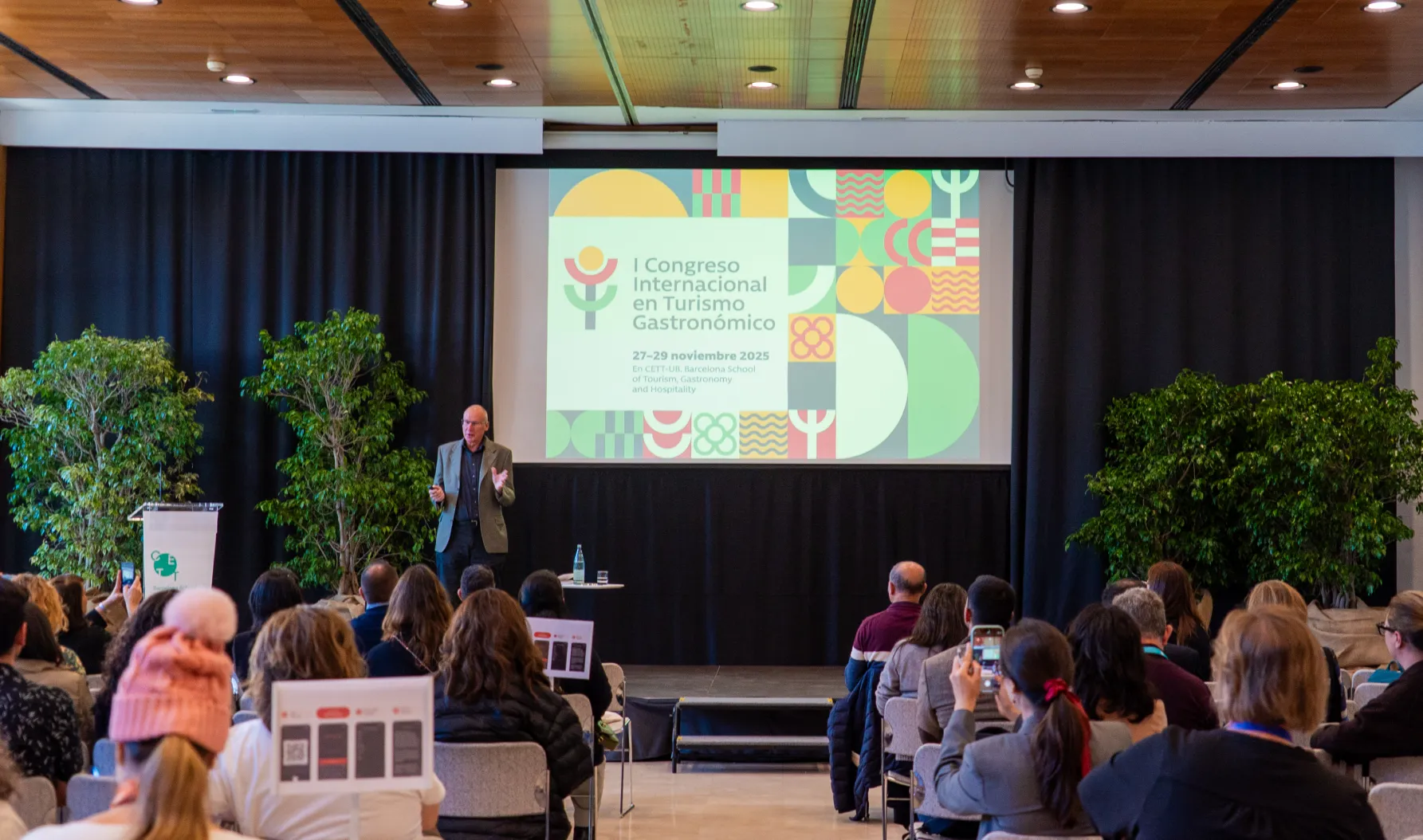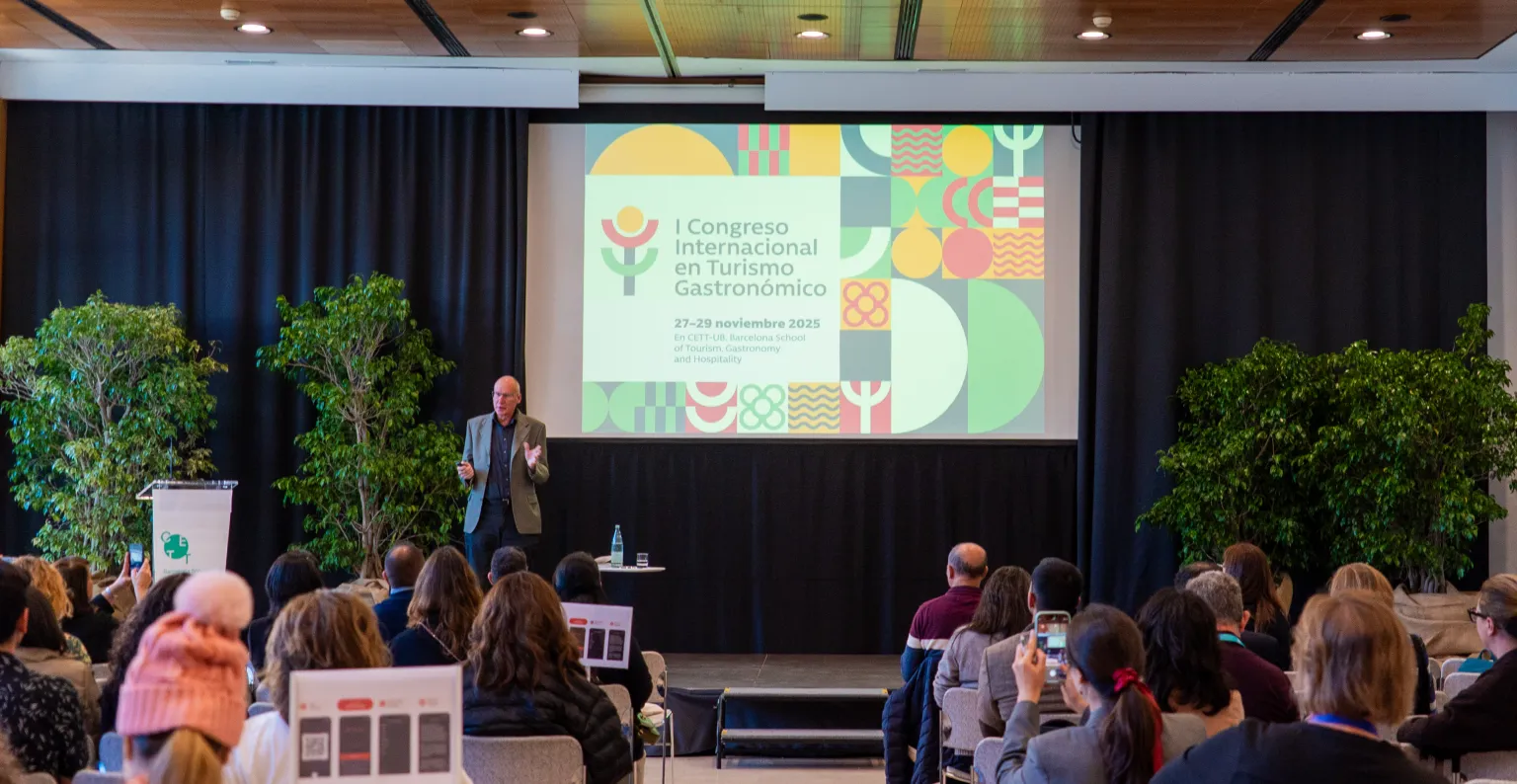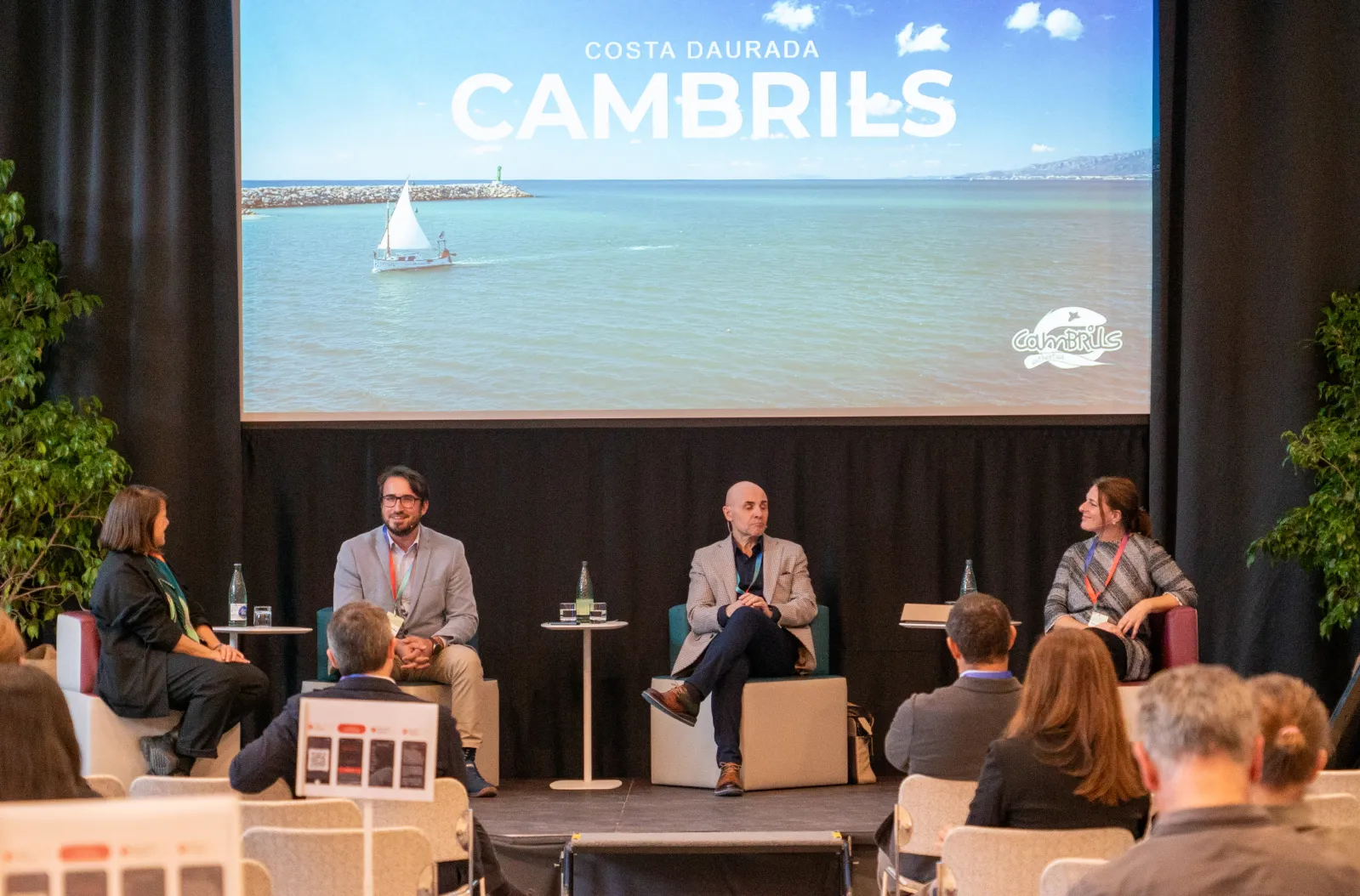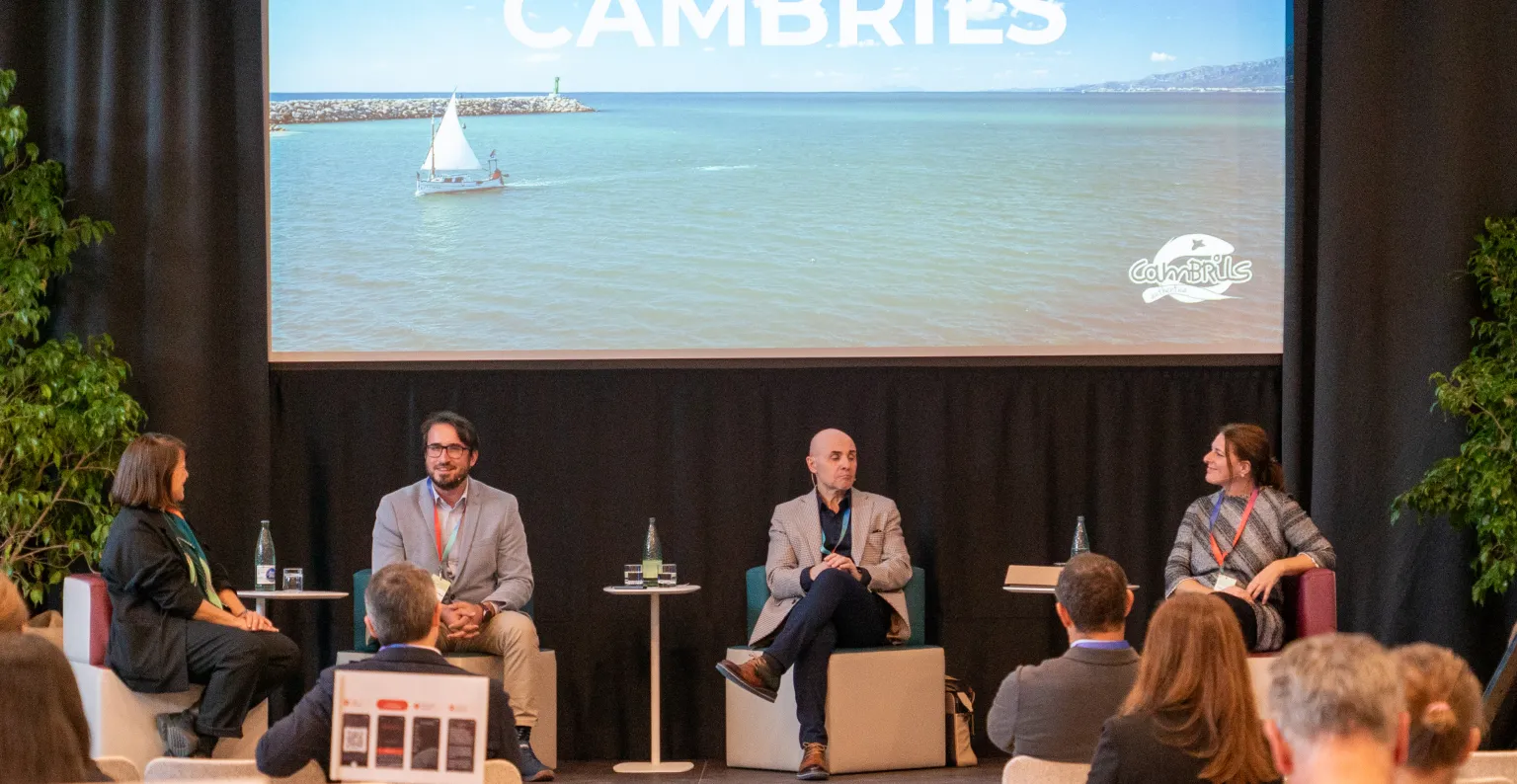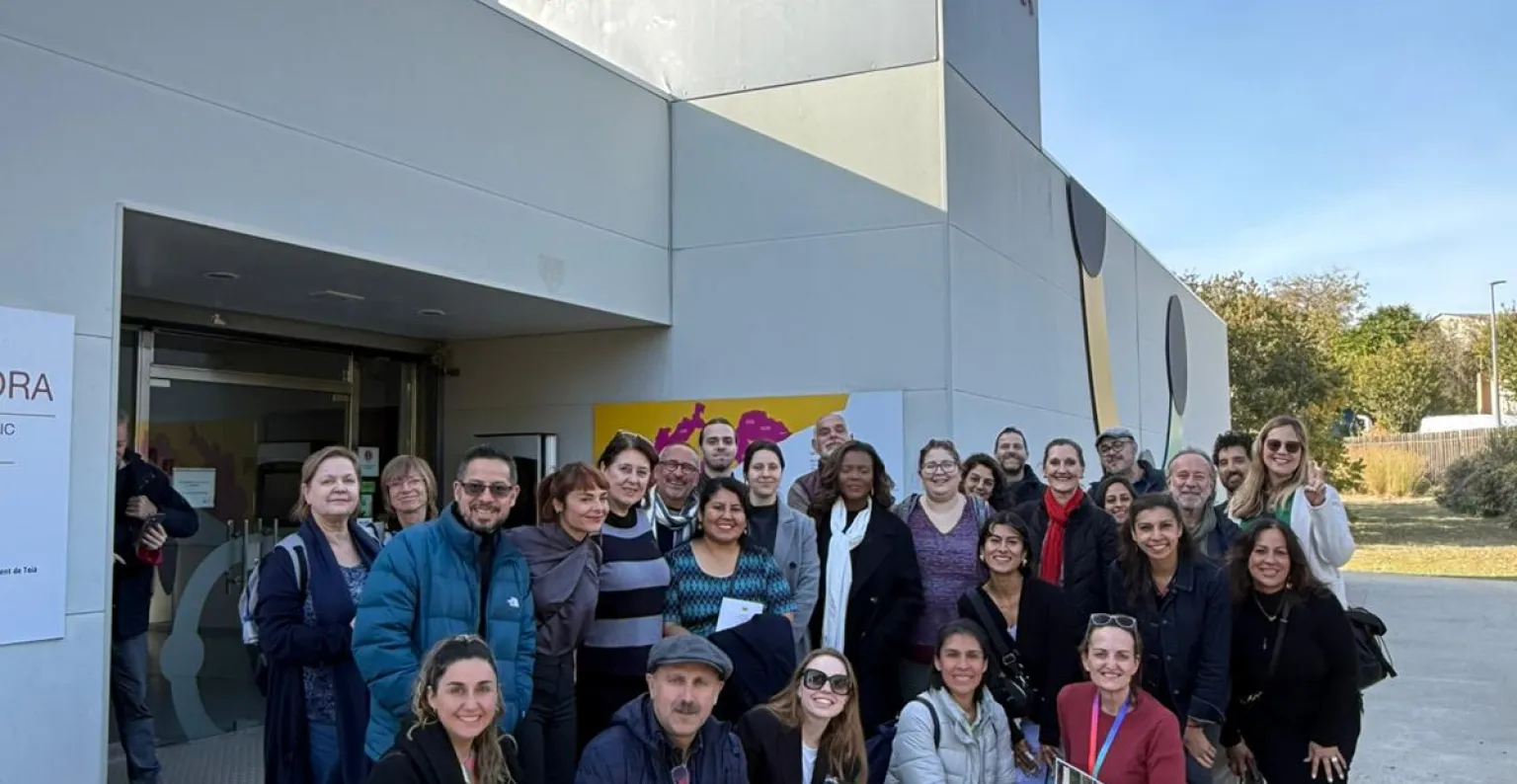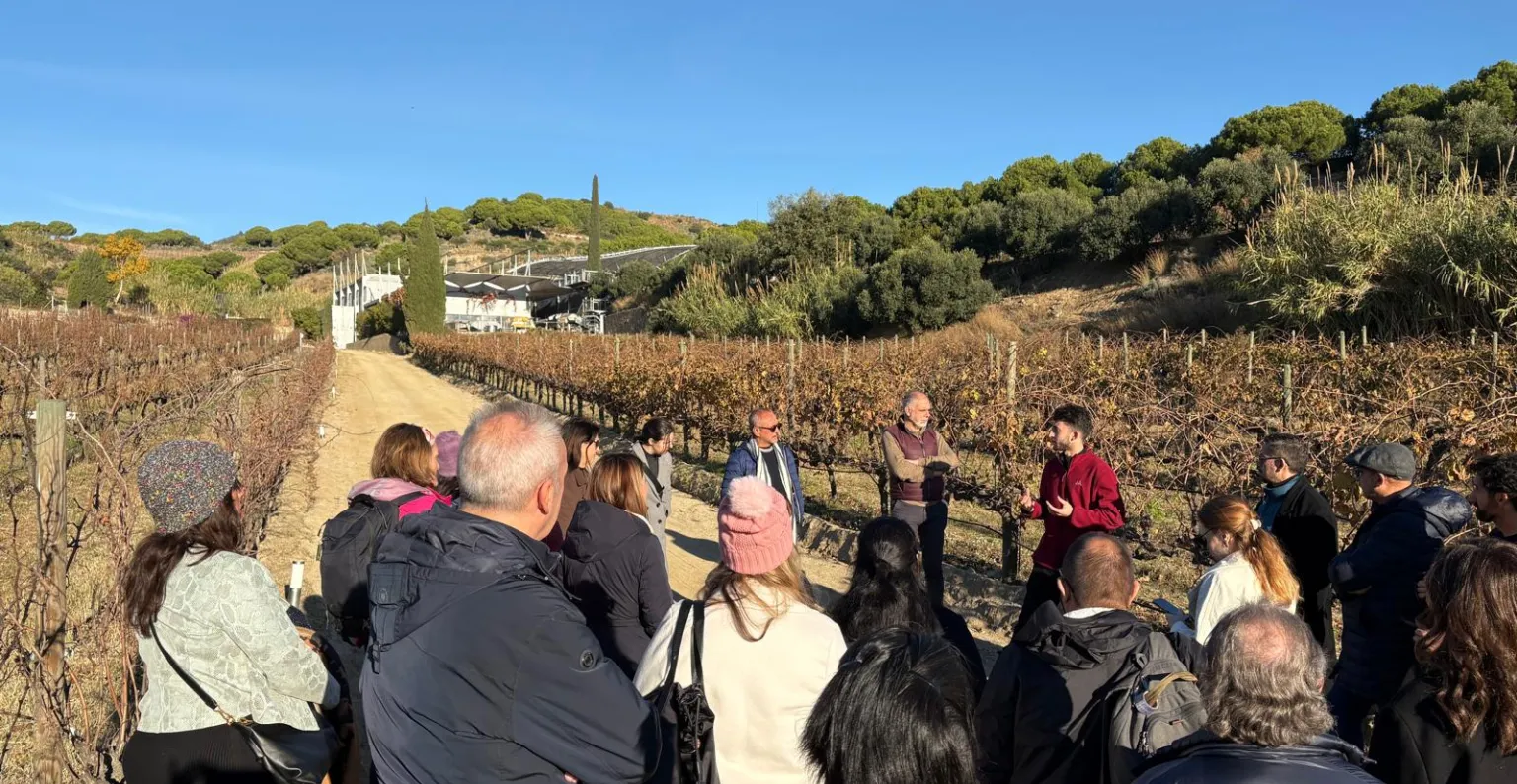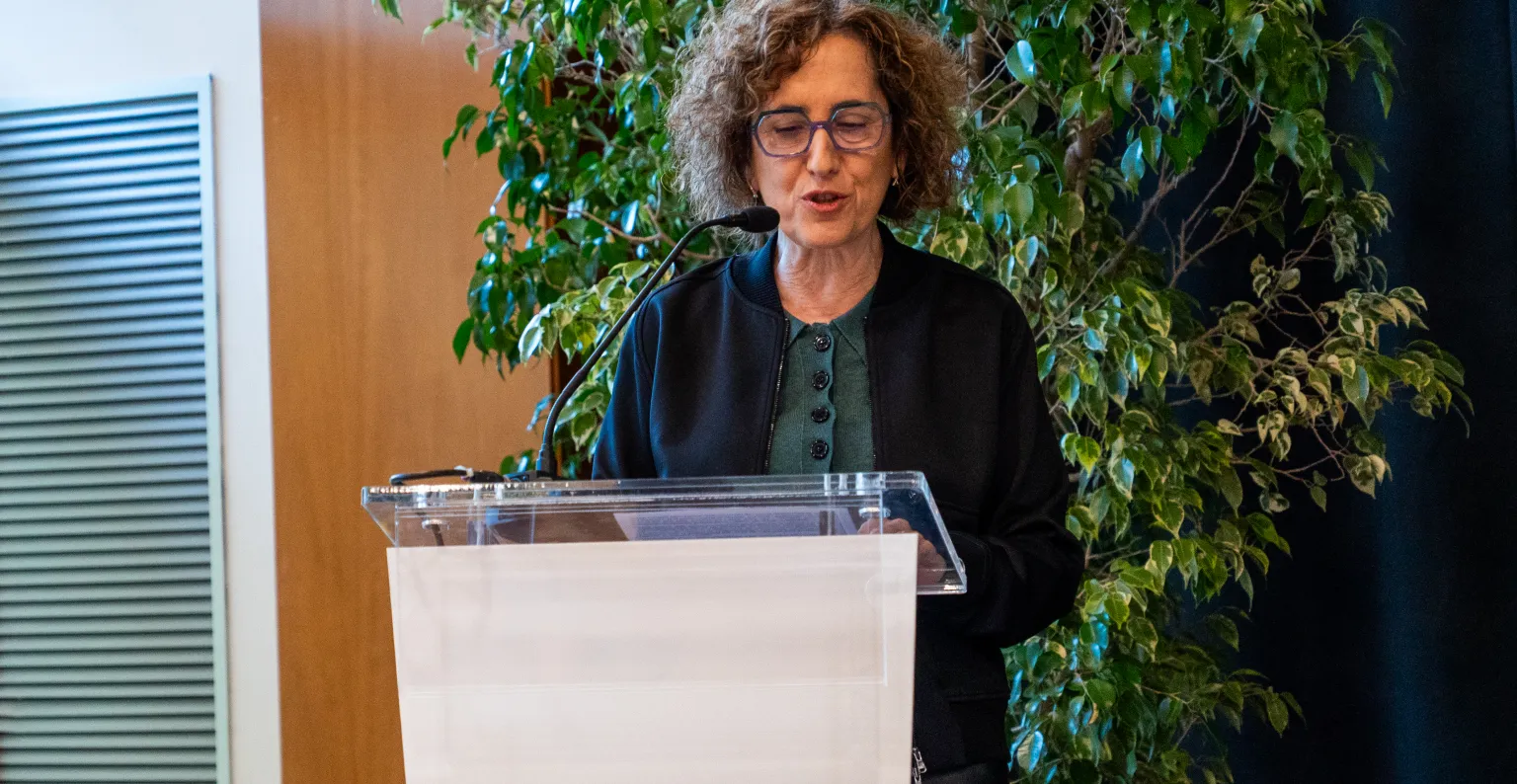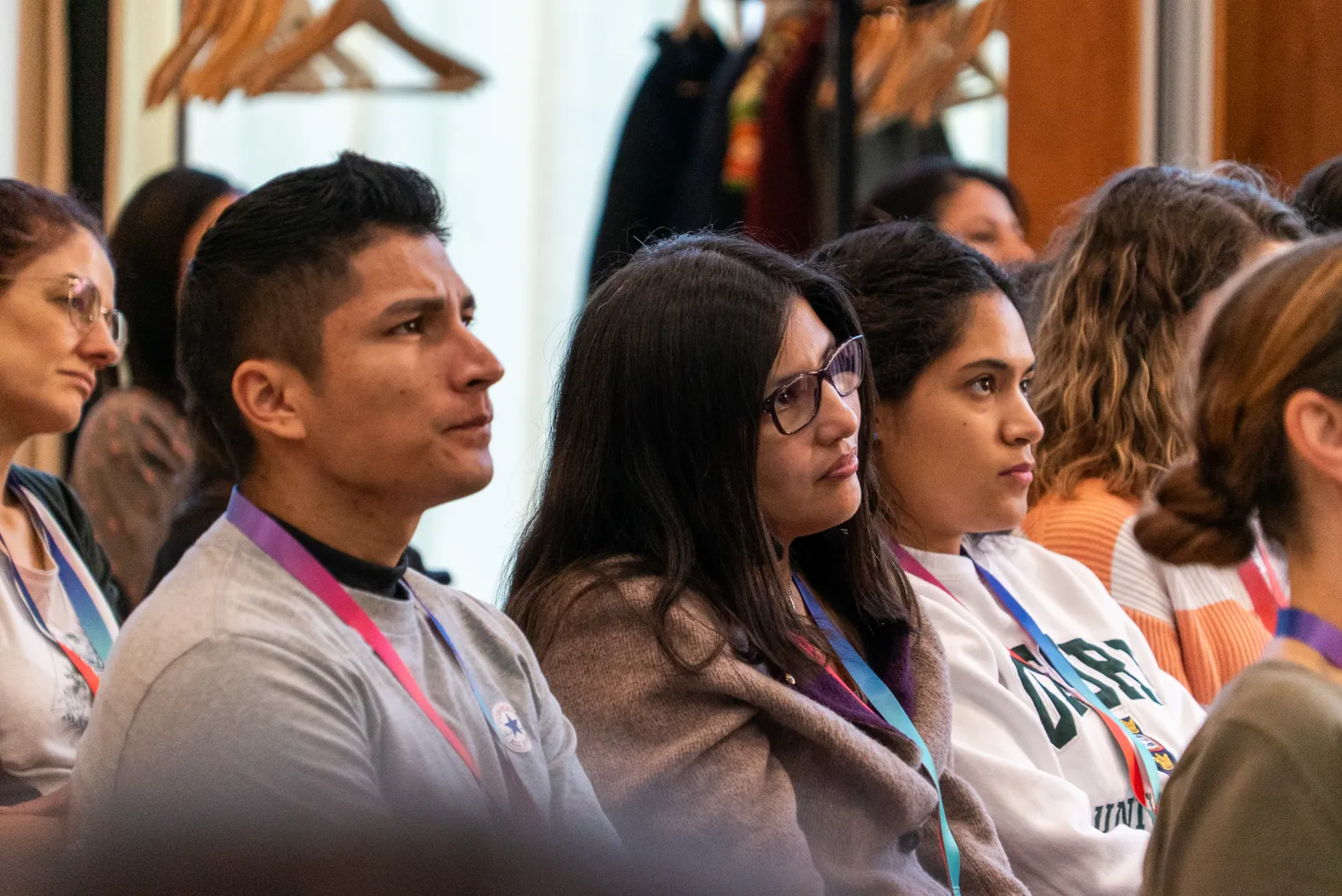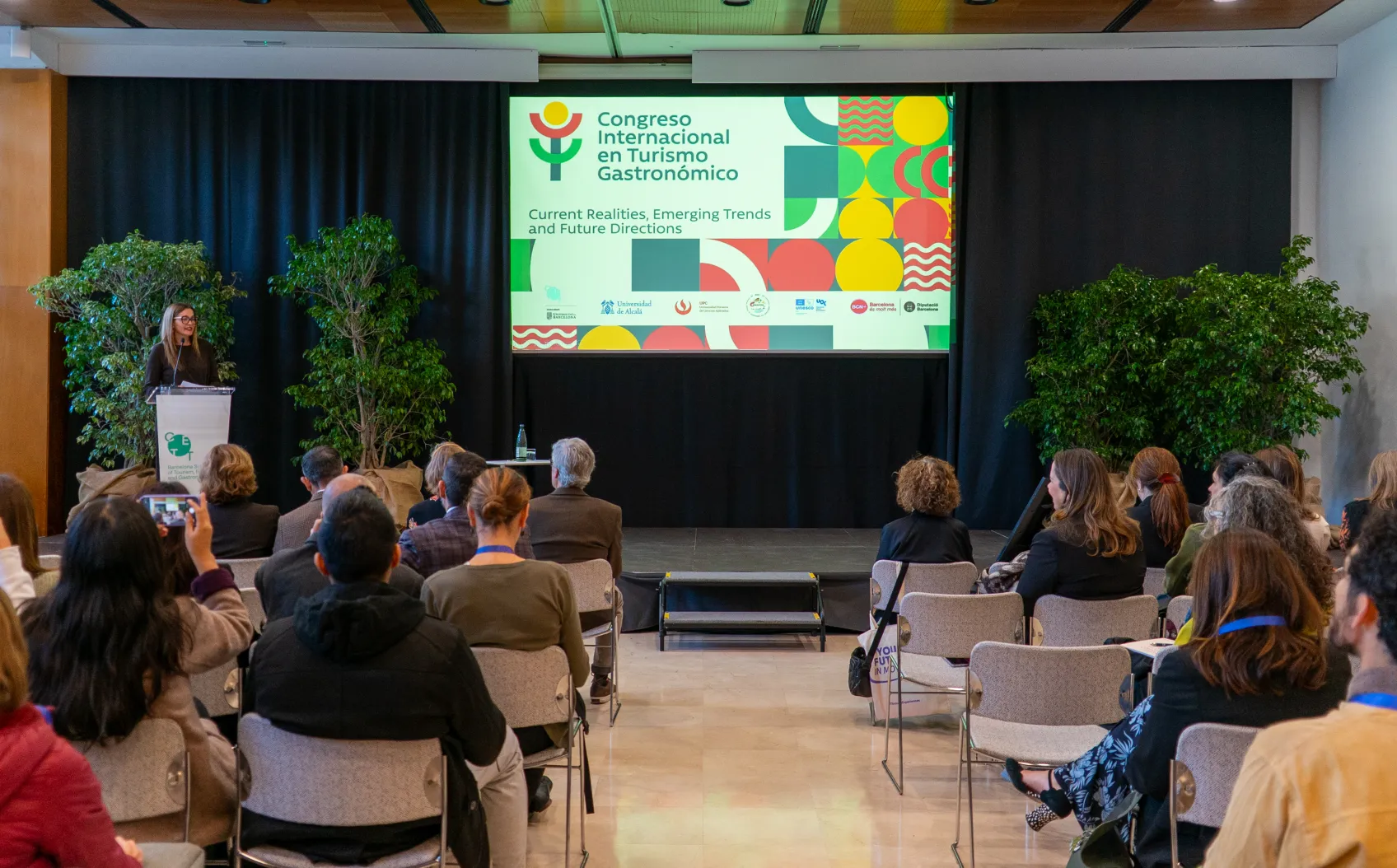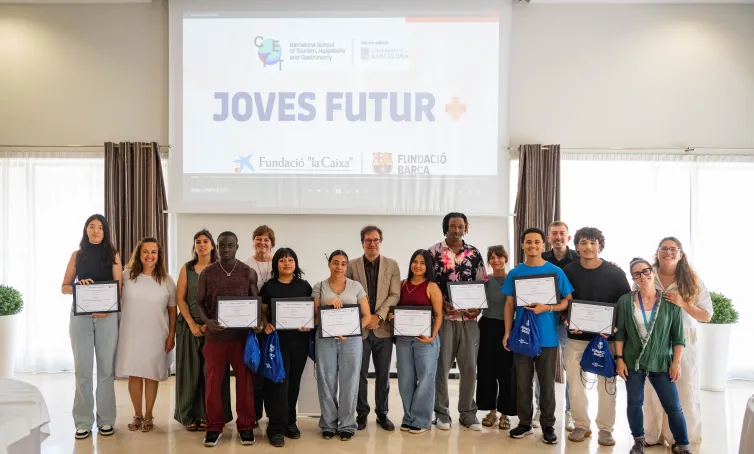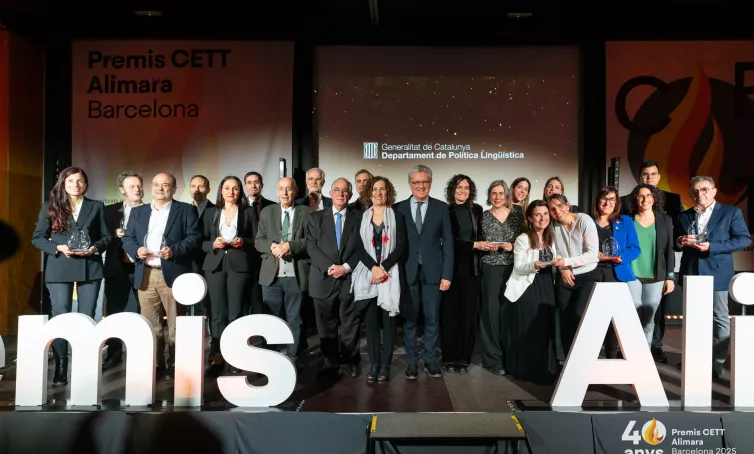International Congress on Gastronomic Tourism | Dr. Emma Pla: “Gastronomic tourism must play a key role in destination strategy”

We speak with Dr. Emma Pla, director of the Master’s Degree in Innovation in Tourism Management, to delve deeper into the concept and impact of gastronomic tourism.
At CETT, we understand gastronomic tourism as a phenomenon that allows visitors to discover, experience and connect with the culture of a territory through the elements that define its gastronomy. It therefore becomes a key factor in rethinking destinations from a more sustainable, rooted perspective with added value.
Within the framework of the 1st International Congress on Gastronomic Tourism, co-organized by CETT, UPC Lima, the University of Alicante through the Gasterra Chair, the University of Alcalá, and the UOC with the UNESCO Chair in Food, Culture and Development, we speak with Dr. Emma Pla, coordinator of the specialization in Tourism Management of Culinary and Gastronomic Heritage at CETT-UB, to analyze how gastronomy can preserve intangible heritage, strengthen local communities, and strategically position territories.
-
We are currently immersed in a global rethinking of tourism. What role does gastronomic tourism play in this new context?
There is currently a reassessment of tourism strategies, driven by a growing sensitivity towards sustainability and high-value experiences. In a context in which we are willing to pay for higher-quality, authentic and differentiated proposals, gastronomic tourism should play a key role in destination strategies for several reasons.
Firstly, it is undeniable that local gastronomy, when used as a tourist attraction, brings authenticity and uniqueness to the visitor experience. Secondly, it contributes significantly to tourism sustainability in all its dimensions — environmental, economic and sociocultural — thus reinforcing the overall value of the destination.
-
What impact can we expect from gastronomic tourism in terms of sociocultural sustainability?
I would highlight its contribution to the recovery and preservation of gastronomic heritage, as it helps showcase elements that are part of the identity of the local community and fosters a sense of belonging.
-
Gastronomic tourism is increasingly recognized as a way to preserve intangible heritage. How can it contribute to preserving cultural heritage and strengthening local communities?
Local gastronomy, when integrated into the tourism offer, acts as a tool for preserving cultural heritage, both tangible and intangible. Culinary techniques and traditions recognized by UNESCO — such as the Mediterranean diet, French gastronomy or kimchi making — exemplify how such gastronomic knowledge becomes a valuable heritage resource.
Moreover, the transmission of this knowledge helps generate narratives aligned with current demand trends and strengthens the sense of belonging of the local community. From a tourism perspective, it is essential that gastronomy remains alive and rooted in the community, as only then can it be perceived by visitors as authentic and meaningful.
-
This year, Catalonia is the World Region of Gastronomy 2025, and our gastronomy has stepped onto the world stage. What impact do such recognitions have on the international projection of a destination?
The impact of this type of recognition on the international projection of a destination depends largely on the territory’s ability to capitalize on the opportunity. In the case of Catalonia, the distinction as World Region of Gastronomy 2025 is being strategically leveraged: not only by promoting actions to strengthen the positioning of Catalan gastronomy and cuisine, but also by aligning with the new Tourism Marketing Plan, ensuring that the benefits of this momentum extend beyond 2025.
-
What role does applied and multidisciplinary research play in generating new narratives, formats, and strategies for gastronomic tourism?
Applied research is essential for generating new narratives and strategies in gastronomic tourism. From the CETT-UB Research Group on Tourism, Culture, and Territory (TURCIT), we promote projects and knowledge transfer aimed at an ethical, sustainable and value-generating model of gastronomic tourism.
In this vein, we have participated in initiatives such as the Academic Forum of Saborea España, which connects the needs of destinations with academia. Although research in this field is relatively recent — with key works such as Tourism & Gastronomy (2002) by professors Greg Richards and Anne Mette Hallager, speakers at the 1st International Congress on Gastronomic Tourism co-organized by CETT — its growth potential is notable.
-
The rise of generative artificial intelligence is transforming tourism recommendation processes. How does this new reality affect the way travelers choose, evaluate and experience gastronomic tourism?
In the same way, it impacts other tourism products. Visitors use generative AI tools to obtain recommendations and proposals tailored to their needs. And this has a direct impact on businesses and destinations, which — besides digitizing themselves if they haven’t yet — will need to work on their online positioning and effectively manage their reviews.
-
Continuing with emerging trends: how do you think they will shape the future of gastronomic tourism, and how should academia and the sector prepare?
As I have mentioned, gastronomic tourism must play a central role in the future development of destinations, especially in a context of growing commitment to sustainability and adaptation to new demand trends. The main challenge will be to offer segmented proposals with high added value that connect visitors with an authentic and distinctive gastronomic narrative.

